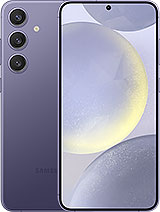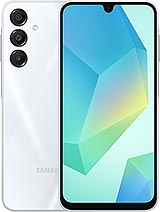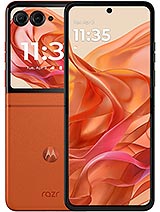A few weeks agoWhile the Samsung Galaxy S24+ cost just £800 for a 12/256GB model, the same device now costs £50 less. You can also buy a 512GB phone, but that’s a £100 upgrade. The S24+ has a 6.7-inch QHD+ LTPO display, an Exynos 2400 chipset and a 4,900mAh battery with 45W charging/ 15W, plus a 50+10+12 MP camera.
The Google Pixel 9 is around the same price, £794 for a 12/256GB device. The Tensor G4 is well behind the Exynos in performance, and the vanilla Pixel doesn’t have an LTPO screen, let alone a QHD+ display. The cameras feature a better 48MP ultra-wide angle (vs. 12MP), but no telephoto, leaving only the 50MP main sensor (1/1.31” sensor vs. 1/1.56”) for zooming, while the Galaxy has a 3x 10 MP camera. The 4,700mAh battery is impressive considering the phone’s smaller size, but the 27W/15W charging is not.
Amazon has the new Samsung Galaxy A16 5G at the recommended retail price of £200. There is a bundle with a “free” Galaxy SmartTag 2 – this increases the price, but also gives a £40 discount at checkout. That makes the final price £182, £18 less than just the phone and comes with a free tag. The A16 5G is a solid entry-level model with a 5G modem, a 6.7” FHD+ 90Hz OLED screen, a 50+5MP camera and 5,000mAh battery with 25W charging. Note that Samsung offers 6 years of software support for this model, which is better than some flagships.
The CMF Phone 1 only gets 2 OS updates and lacks an ultra-wide camera (not even a 5MP module like on the A16), but you do get a 6.67” FHD+ 120Hz OLED display that has more than double the peak brightness (and a punch-hole camera instead of a notch). The Dimensity 7300 handily beats the Exynos 1330. The replaceable back is a nice option if you want to customize the look of your phone. Not bad for a phone that costs the same as the A16 5G.
Xiaomi unveiled the 15 series phones, but no Ultra yet. The Xiaomi 14 Ultra currently costs less than £1,000, which doesn’t happen often. Sure, it’s a year old, but it can still give the Xiaomi 14 Pro a run for its money. It has a larger 50 MP sensor overall (1” vs 1/1.31”), a 50 MP 75mm telephoto in addition to the 50 MP 120mm periscope (the 15 Pro only has the periscope) and the same 50 MP ultra wide angle.
The Motorola Razr 50 is a relatively affordable entry into the foldable market, especially now that it’s 25% off. You get a spacious 3.6-inch screen and a 6.9-inch LTPO 120Hz inner screen. The phone has an IPX8 rating for water resistance and comes with a decently sized 4,200mAh battery with both 30W wired and 15W wireless charging. The cameras aren’t great with a 50MP (1/1.95”) main camera and 13MP ultra-wide angle, but they rarely fold up.
For £150 more you can get the Razr 50 Ultra instead, with more RAM and storage to boot (12/512GB vs 8/256GB). This buys you a better chipset, Snapdragon 8s Gen 3 versus Dimensity 7300X, a 50 MP 2x portrait camera instead of a 13 MP ultra-wide angle and a larger 4-inch cover display. The battery is slightly smaller at 4,000 mAh, but can be charged faster via a 45 W cable.
We’ll round things up with the Microsoft Surface Pro – this is the 11th edition and is powered by the Snapdragon X Elite chipset. It promises up to 14 hours of video playback on a single charge and you can watch your movies on the 13-inch 120 Hz OLED screen (2,880 x 1,920 px, 3:2). There are also 2W stereo speakers with Dolby Atmos. You get two USB-C v4.0 ports with support for 65W charging and DisplayPort 1.4a. There are also optional keyboard covers, if you plan to edit text with this tablet.
We may receive a commission on qualifying sales.







